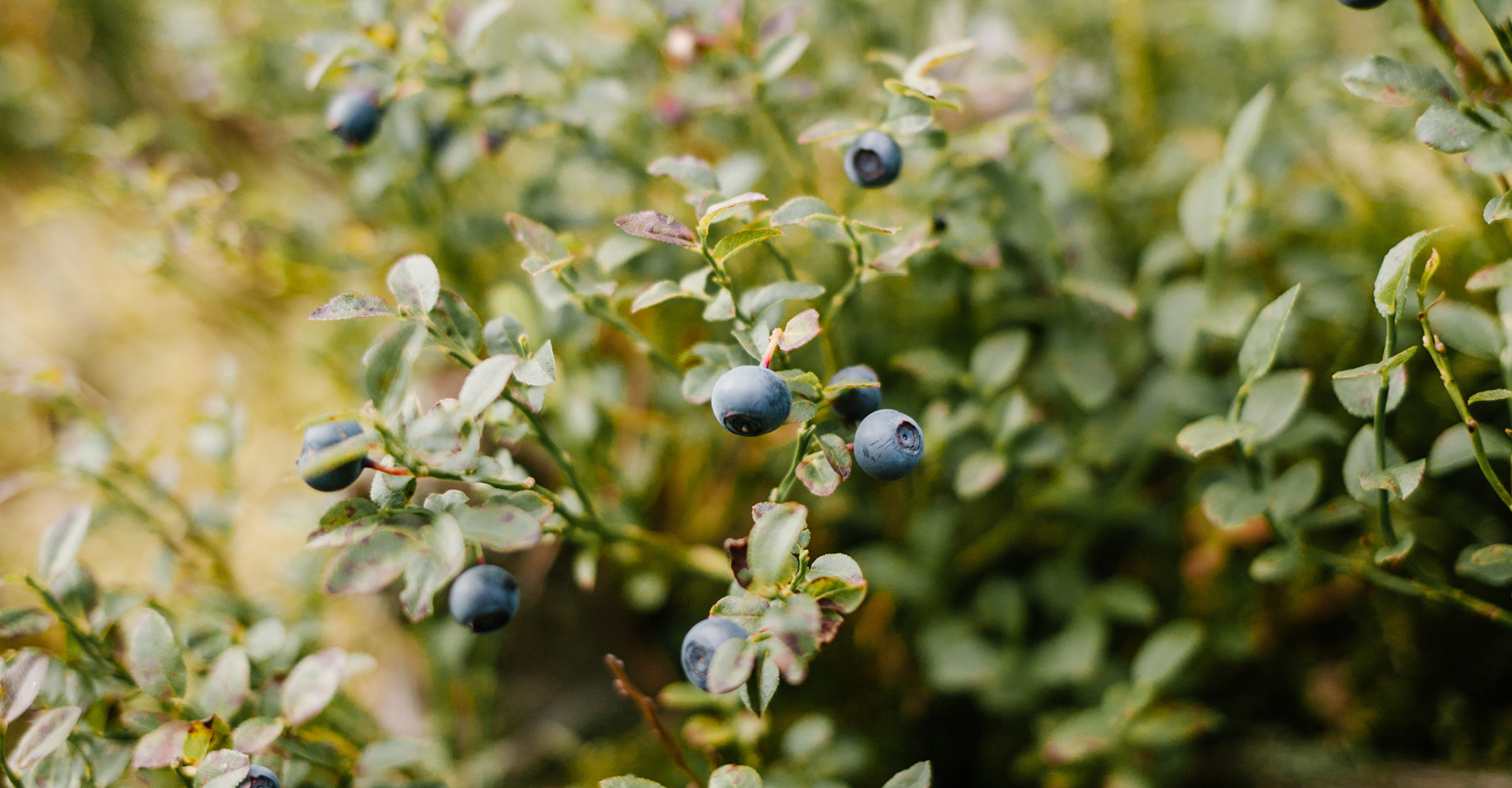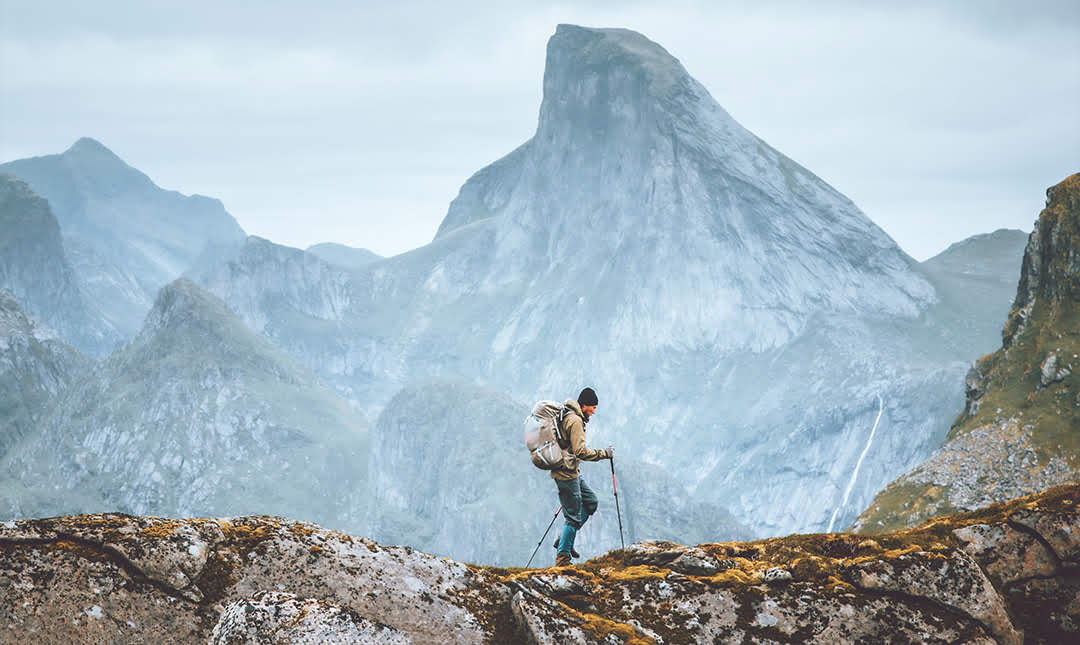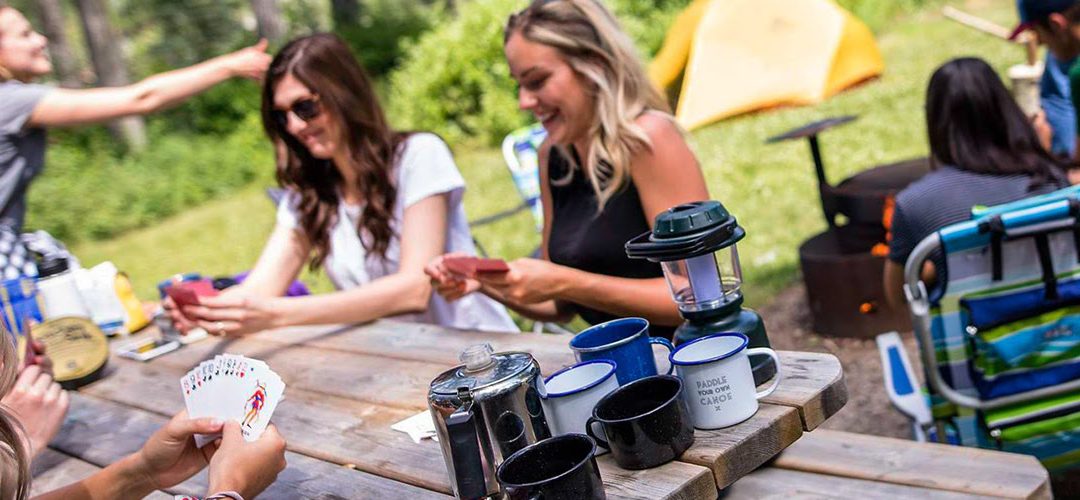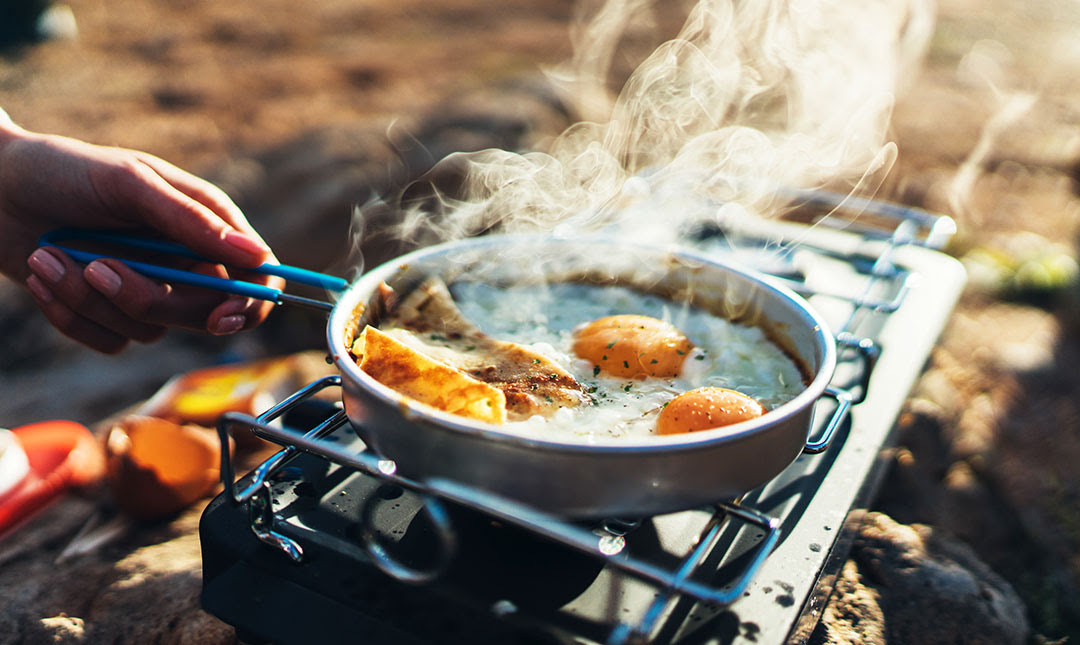With so many public places and businesses closing down or changing hours this year, this summer seems as good a time as any to learn to live off the land. Those of you who really want to rough it might even be interested in foraging for food on your next camping trip. The question is, can you do it safely?
Foraging is something of a lost art these days, but it’s still entirely possible to find food in the wild as long as you have the proper knowledge and a few essential tools. Below, we’ll tell you more about foraging and give you the knowledge you’ll need to get started next time you head out to the woods.
Is it Possible to Forage for Food While Camping?
If you’re reading this article, chances are you’ve seen at least one episode of Survivor or Man vs. Wild. But don’t worry; you won’t have to eat bugs or drink your own urine to survive for a few days in the Canadian wilderness. Camping can be rugged without being… well, gross.
That said, foraging isn’t as easy as just walking into the bushes to pick berries off the nearest tree. You’ll need to know what foods are safe, how to test them, and where to find them.
Finally, remember that while foraging is legal on public land in Canada, you can’t forage on private property without the owner’s permission. You also can’t forage on traditional territories without first obtaining consent from the appropriate First Nations communities.
Eat This, Not That: Safe Foods to Forage for While Camping
Here’s a quick list of safe foods you can commonly find growing in the Canadian wilderness. We can’t guarantee that they’ll all be tasty, but remember: this is what you chose instead of bringing canned food!
Dandelions:
That’s right; these common lawn weeds are actually safe to consume—as long as you prepare them properly and avoid those that have been sprayed with pesticides (shoot for the wild dandelions growing in a remote clearing, not the ones sprouting up next to the campground manager’s office).
Dandelion roots can easily be brewed into a tea, and you can even eat them raw. They’re pretty nutritious, too! Just be aware that dandelions can be risky for people with specific health conditions (such as kidney or gall bladder problems).
Mushrooms:
Morel mushrooms are common throughout most of Canada, and while they might look kind of scary, they’re also quite delicious. However, they’re also elusive, rarely growing in the same spot year after year.
Morels are often used as garnishes in restaurant dishes, but they’re perfectly fine to eat on their own as well. Just sautee them in your campfire skillet with a bit of oil, and enjoy!
Leeks:
Leeks are similar to onions and tend to grow in clusters from late April to mid-May. They tend to grow mostly in forested areas, so you might have to trek a little to find them—but since the entire plant is edible, you’ll be handsomely rewarded if you do.
There’s no great secret to preparing leeks, either—like any leafy green vegetable, they’re pretty versatile. Put them together with those sauteed mushrooms we mentioned and make yourself a nice salad!
Rhubarb:
You won’t have to venture too far off the beaten path to find rhubarb—in fact, you might not even have to leave your vehicle, since it often grows right by the side of the road! Of course, as with dandelions, you’ll want to avoid picking rhubarb from anywhere that’s likely been sprayed with chemicals.
This naturally sweet vegetable is delicious on its own and can be eaten just like celery once you chop the ends off the stalks. But remember not to eat the leaves—they’re actually quite toxic!
How Should You Test Foraged Food?
We have to offer a disclaimer here: there is no universal rule for making sure foraged food is safe, and we’re not legally responsible if you eat something that makes you sick. However, we can offer a few general guidelines for testing your foraged food:
- Whenever you find a plant you might want to eat, separate it into different parts. Test each piece at a time so that you don’t accidentally eat something you’ve overlooked.
- Smell each part of the plant. Your sense of smell is a strong indicator of whether food is safe—if it’s too funky, err on the side of caution and stay away!
- Place a small part of the plant on your exposed skin for a few minutes. If it stings, itches, burns, or causes numbness or a rash, don’t eat it. As my uncle used to say: what ain’t good for your outsides won’t be no better for your insides, neither!
- Next, prepare the plant the way you’re going to eat it. We often recommend boiling, as this can help sanitize whatever you’ve picked.
- Before putting the plant in your mouth, touch a small part of it to your lips and wait for 15 minutes. Assuming there are no unpleasant sensations, put it in your mouth and chew it. Then hold it in your mouth for 15 more minutes—but if you experience a bitter or soapy taste, spit it out.
- After a part of the plant has successfully passed all of the above tests, you can swallow a small piece of it. If a few hours go by and you experience no adverse effects, it’s usually safe to assume that part of the plant is edible.
Signs that Foraged Food is Safe (or Unsafe!)
Here are a few things to keep your eye out for when foraging for edible vegetables:
- Look for brown or tan gills on mushrooms. Some mushrooms with white gills are incredibly poisonous, including the notorious death cap.
- Don’t eat mushrooms with scaled caps or spots, as these are more common amongst poisonous varieties.
- Check under the cap for a second, smaller ring of tissue. If you see one, don’t eat the mushroom. Many toxic mushrooms can be easily identified this way.
- When foraging for other plants, avoid anything with yellow or white berries.
- Be cautious of plants with particularly shiny leaves, as these are a feature of many unsafe plants.
- When looking for wild fruits or berries, it’s best to bring a field guide along. There are so many varieties that you won’t be able to use a simple rule of thumb in every case.
Never Go Hungry in the Woods Again!
Foraging for food in the wild might not make for the most decadent meals, but you can certainly sustain yourself for a few days or more with the right skills and knowledge. Use what you’ve learned here to get started, and remember: if you’re not sure something is safe to eat, it’s best to assume that it isn’t.





Recent Comments